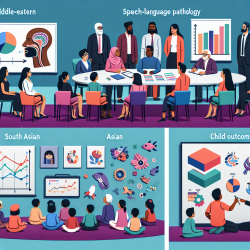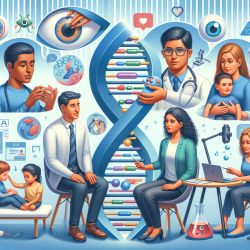Understanding the Impact of Homophobic Bullying on Internet and Smartphone Use
In recent years, the intersection of technology and mental health has become a crucial area of research, particularly for sexual minorities. A compelling study titled Mediating Effects of Emotional Symptoms on the Association between Homophobic Bullying Victimization and Problematic Internet/Smartphone Use among Gay and Bisexual Men in Taiwan sheds light on the significant relationship between homophobic bullying and problematic internet and smartphone use (PI/SU) among gay and bisexual men in Taiwan.
The Study's Key Findings
The research involved 500 gay or bisexual men in early adulthood, who were assessed for their experiences of homophobic bullying during childhood and adolescence, their current emotional symptoms, and the severity of their PI/SU. The study found that:
- 38% experienced traditional homophobic bullying, while 40.2% experienced cyberbullying.
- Higher levels of homophobic bullying were significantly associated with more severe PI/SU.
- Emotional symptoms, such as depression and anxiety, played a mediating role in this association.
This means that emotional symptoms significantly impact the relationship between bullying victimization and PI/SU, highlighting the need for timely mental health interventions.
Implications for Practitioners
For practitioners working with sexual minorities, these findings emphasize the importance of addressing emotional symptoms early on. Here are some actionable steps practitioners can take:
- Early Identification: Recognize signs of emotional distress in clients who have experienced bullying. Early intervention can prevent the escalation of PI/SU.
- Comprehensive Assessment: Use validated tools to assess both the extent of bullying experiences and current emotional symptoms.
- Targeted Interventions: Implement therapeutic strategies focused on reducing anxiety and depression, which may, in turn, reduce PI/SU.
- Holistic Approach: Consider the broader context of a client's life, including social support networks and coping strategies.
Encouraging Further Research
While this study provides valuable insights, further research is needed to explore these dynamics in different cultural contexts and among other sexual minority groups. Practitioners are encouraged to contribute to this growing body of knowledge by conducting their own studies or collaborating with researchers.
Conclusion
The relationship between homophobic bullying, emotional symptoms, and PI/SU is complex and requires a nuanced approach. By understanding these connections, practitioners can better support their clients and foster healthier coping mechanisms. As we continue to explore these issues, we can develop more effective interventions that address the unique challenges faced by sexual minorities.
To read the original research paper, please follow this link: Mediating Effects of Emotional Symptoms on the Association between Homophobic Bullying Victimization and Problematic Internet/Smartphone Use among Gay and Bisexual Men in Taiwan.










